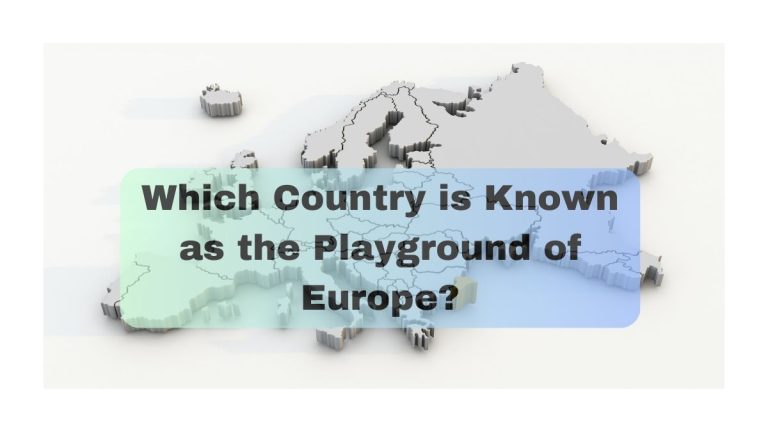The Banda Sea (click here to see map) is a stunning yet often overlooked deep-sea basin located in eastern Indonesia, nestled within the Maluku Islands (Moluccas). Bordered by Sulawesi to the west, Timor to the south, and Papua to the east, this remote sea connects the Pacific and Indian Oceans, making it a vital maritime crossroads. Famous for its extraordinary marine biodiversity, active volcanoes, and historical significance in the spice trade, the Banda Sea is a paradise for divers, adventurers, and geology enthusiasts.
But where exactly is it? Who controls it? And why is it so special? Let us know answer of these questions.

Where Is the Banda Sea Located?
The Banda Sea sits entirely within Indonesian waters, forming part of the Maluku and East Nusa Tenggara provinces. Key geographic markers include:
- North: The island of Sulawesi
- South: Timor and the Timor Sea
- East: West Papua and the Arafura Sea
- West: The Flores Sea and Buru Island
This strategic location makes it a critical passage between the Pacific and Indian Oceans, influencing both trade routes and marine ecosystems.
Which Country Owns the Banda Sea?
The Banda Sea is exclusively part of Indonesia, governed under the provinces of Maluku and East Nusa Tenggara. Unlike contested waters like the South China Sea, Indonesia maintains full sovereignty over this region, regulating fishing, tourism, and naval activities.
Is the Banda Sea Part of the Pacific Ocean?
Yes! The Banda Sea is considered a marginal sea of the Pacific Ocean, connected via the Ceram and Banda arcs. It plays a crucial role in the Pacific’s underwater currents, contributing to the region’s unique marine life.
How Deep Is the Banda Sea?
The Banda Sea is one of the deepest seas on Earth, with:
- Average depth: ~5,000 meters (16,400 feet)
- Maximum depth (Weber Deep): 7,440 meters (24,409 feet)—the deepest point in Indonesia!
This extreme depth is due to its position along the Pacific Ring of Fire, where tectonic plates collide, forming deep trenches and underwater volcanoes.
Why Is the Banda Sea Famous?
The Banda Sea is renowned for:
- Spectacular Coral Reefs – Some of the world’s most pristine reefs, teeming with marine life.
- WWII Shipwrecks – A graveyard of sunken warships, attracting wreck divers.
- Spice Trade History – Once the only source of nutmeg and mace, sparking European colonization.
- Active Volcanoes – Home to Gunung Api Banda, an underwater volcano that occasionally erupts.
Is the Banda Sea Seismically Active?
Absolutely. Located on the Pacific Ring of Fire, the Banda Sea experiences:
- Frequent earthquakes (some exceeding 7.0 magnitude)
- Volcanic eruptions (e.g., Gunung Api Banda)
- Tsunami risks due to underwater tectonic shifts
Scientists closely monitor this region due to its dynamic geology.
Interesting Facts About the Banda Sea
- The “Galápagos of the East” – Its isolation has led to unique marine species found nowhere else.
- The World’s Only Nutmeg Islands – The Banda Islands were once the sole global source of nutmeg, sparking wars in the 1600s.
- A Diver’s Dream – The “Banda Sea Muck Diving” phenomenon allows sightings of rare critters like the hairy frogfish.
- Home to the Weber Deep – The deepest point in Indonesia, deeper than the Grand Canyon!
Travel Tips: How to Visit the Banda Sea
- Best Time to Go: October–April (dry season, calm seas).
- How to Get There: Fly to Ambon or Tual, then take a boat to the Banda Islands.
- Must-Do Activities:
- Dive WWII wrecks like the USS Houston.
- Snorkel with manta rays near Hatta Island.
- Hike the active volcano Gunung Api Banda.
Why the Banda Sea Matters
The Banda Sea is more than just a body of water—it is a natural wonder, historical treasure, and ecological hotspot. From its record-breaking depths to its role in shaping global trade, this Indonesian gem deserves a spot on every adventurer’s bucket list.





























